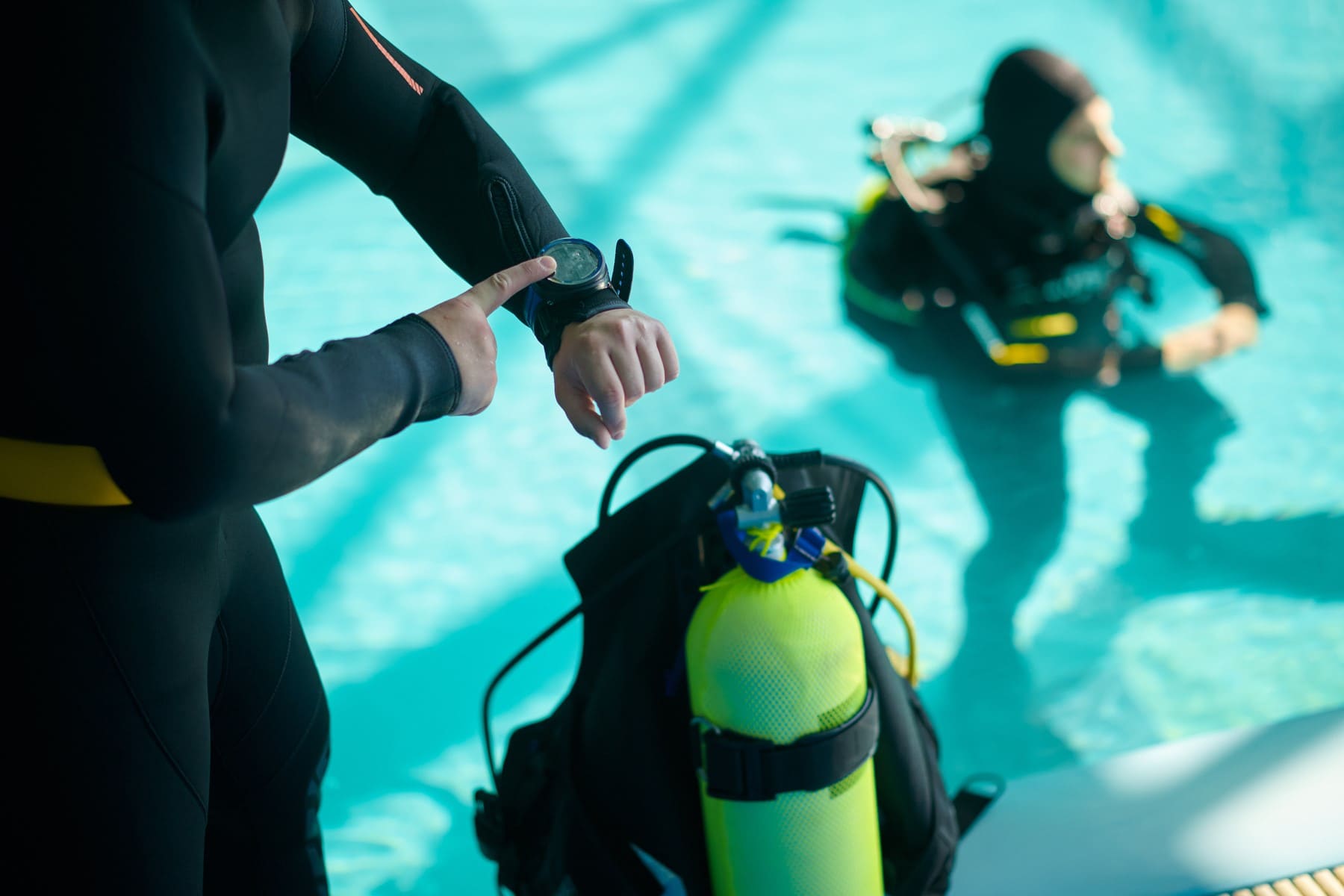7 common mistakes of novice divers
(Part 1)
To begin the advice on the 7 common mistakes made by novice divers, Part 1, it seemed appropriate to address this issue, which I consider to be of special interest both for divers who are just starting out in recreational diving and for professionals who provide services in Diving Centers, since both groups suffer equally from the consequences that usually derive from such errors.
From the perspective of my own professional experience, it is my opinion that the list of errors that are most commonly identified in novice divers can be shortened and also ordered according to a criterion of importance, in order to allow the diver's attention to be focused -which is always limited? in avoiding the most relevant errors.
Thus, throughout the following posts I present the abbreviated list, ordered according to their importance, of what I consider to be the most frequent mistakes made by divers who are just starting out in the practice of recreational diving. Paying due attention to these aspects will prevent you from unnecessarily incurring in stressful situations, so that you will ensure a rewarding experience every time you dive, just as experienced divers do, which will result in a growing interest in this wonderful activity:
1. Not taking care of the correct mounting of the equipment and choosing an adequate amount of ballast
In 7 Common Mistakes of Novice Divers Part 1, it is worth insisting that the assembly of the equipment. The decision about the appropriate thermal protection according to the temperature of the water. Also on how much ballast we are going to need corresponds exclusively to the diver.
Divers who have recently completed the starter course they feel insecure when assembling the equipment and/or choosing the right amount of weight for the dive. This is absolutely normal, since the skill is acquired with practice. For this reason, I recommend that you ask the Guide for help or assistance. You should not feel ashamed for being new. Keep in mind that every expert diver has been too. Well, no one is born already taught to do anything. Make an effort to be autonomous but make sure you seek the supervision of the Center's professionals. Ask them to clarify your doubts, that's what they are for. In this way, you will soon acquire the necessary skill to be self-sufficient at this point.
Without prejudice to this, these are some recommendations that you can follow when preparing your equipment for the dive:
-Remember to fix well the strap that joins the bottle to the back of the vest.
-Make sure that the hose is well connected to the inflator of the vest. Also that its emptying valves work, proving that it inflates and also deflates correctly.
-Check the operation of the manometer and the air pressure in the bottle (at least 200 bar). Close the bottle for transport and remember to open it fully when you reach the dive site.
As far as the weight is concerned, remember that it will depend on the thickness of the wetsuit's neoprene. (the thicker, the more ballast). As well as the density of your body and, where appropriate, of the bottle. If it is steel or aluminum. (Aluminum ones require an additional 2 to 4 Kg, due to their greater buoyancy when emptying). Perform the correct ballast test. (on the surface, with the vest empty and holding a normal breath, you should float with the water at eye level) and add or remove weight as needed.
Do not forget that proper weighting will allow you to reduce the effort of swimming. It will prevent you from having to over-inflate your BCD when diving and will ultimately increase your comfort by dramatically reducing your air consumption.
In 7 Common Mistakes of Novice Divers Part 1, we also want to talk about buoyancy.
2. Not providing enough positive buoyancy on the surface
Interestingly, the largest number of diving incidents occur when the diver is on the surface. The reason for this is that novice divers often forget to fully inflate their BCD. As you know, it must be inflated to float on the surface. (both at the beginning and at the end of the dive). So they flap their wings constantly to keep their heads above water. Many times with the regulator out of the mouth. Thus placing himself in a stressful situation in a completely unnecessary way.
The recommendation for correct action is simple. When you are on the surface, keep your vest fully inflated. (inject air with the inflator until you hear the over-expansion valve of your vest activate). Do it like this before entering the water and also as soon as you reach the surface. Remember not to remove your regulator from your mouth or the mask from your face until your vest is completely filled with air. Otherwise, keep your regulator and mask in place until you reach the boat or land on the beach.
